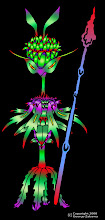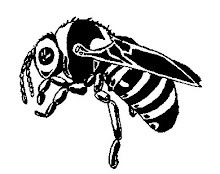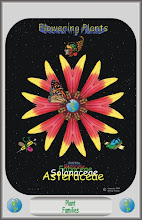



Western Tansymustard (Descurainia pinnata)
Growing and blooming from early spring to early summer the Tansy Mustard or Western Tansymustard produces small one eight inch yellow flowers atop four to sixteen inch tall, spindly stems similar to others in this family.
A native to the United States and found widespread across the U.S. and Canada the Western Tansymustard is found in fields, yards, open wooded areas and roadsides.
A member of the Mustard family (Brassicaceae) the young cooked leaves, which have a bitter flavor, are edible as well as the seeds which have a mustard taste.
Medicinal uses include of this plant include treatment of stomach ailments and toothaches.
This plant is said to be toxic to livestock.
The status of this species ranges from threatened/endangered to weedy/invasive depending upon it's geographical location.
Another species Descurainia sophia, an introduced species from Europe with similar flowers, and similar geographical distribution is found widely dispersed in the United States and Canada. These two species can be distinguished by the leaf characteristics and seed pods. D. sophia has longer seeds pods and a bushier appearance than D. pinnata.
It is not recommended that these plants be used as medicine or food since they may have bad side effects. Similar species, misidentified, may cause illness or death.







No comments:
Post a Comment